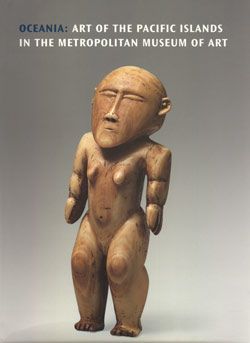Boomerang
Not on view
An iconic symbol of Aboriginal culture, the boomerang is the most familiar of all Aboriginal art forms. Created by many, but not all, Aboriginal peoples, boomerangs served a variety of purposes. The best-known type was the returning boomerang, which was made in parts of southeastern and western Australia. Most, however, were non-returning. Employed primarily in hunting and warfare, boomerangs were specialized throwing sticks, designed to strike the target and fall to the ground. In hunting, they usually served to incapacitate the prey, allowing the hunter to catch the animal, which was killed with spears or other weapons. Primarily projectiles, in some areas, boomerangs were also general purpose tools, serving, as needed, as knives, digging sticks, or fire-making implements. Some types were, and continue to be, used as musical instruments, clapped together to provide a rhythmic accompaniment for song and dance performances.
Due to rights restrictions, this image cannot be enlarged, viewed at full screen, or downloaded.



